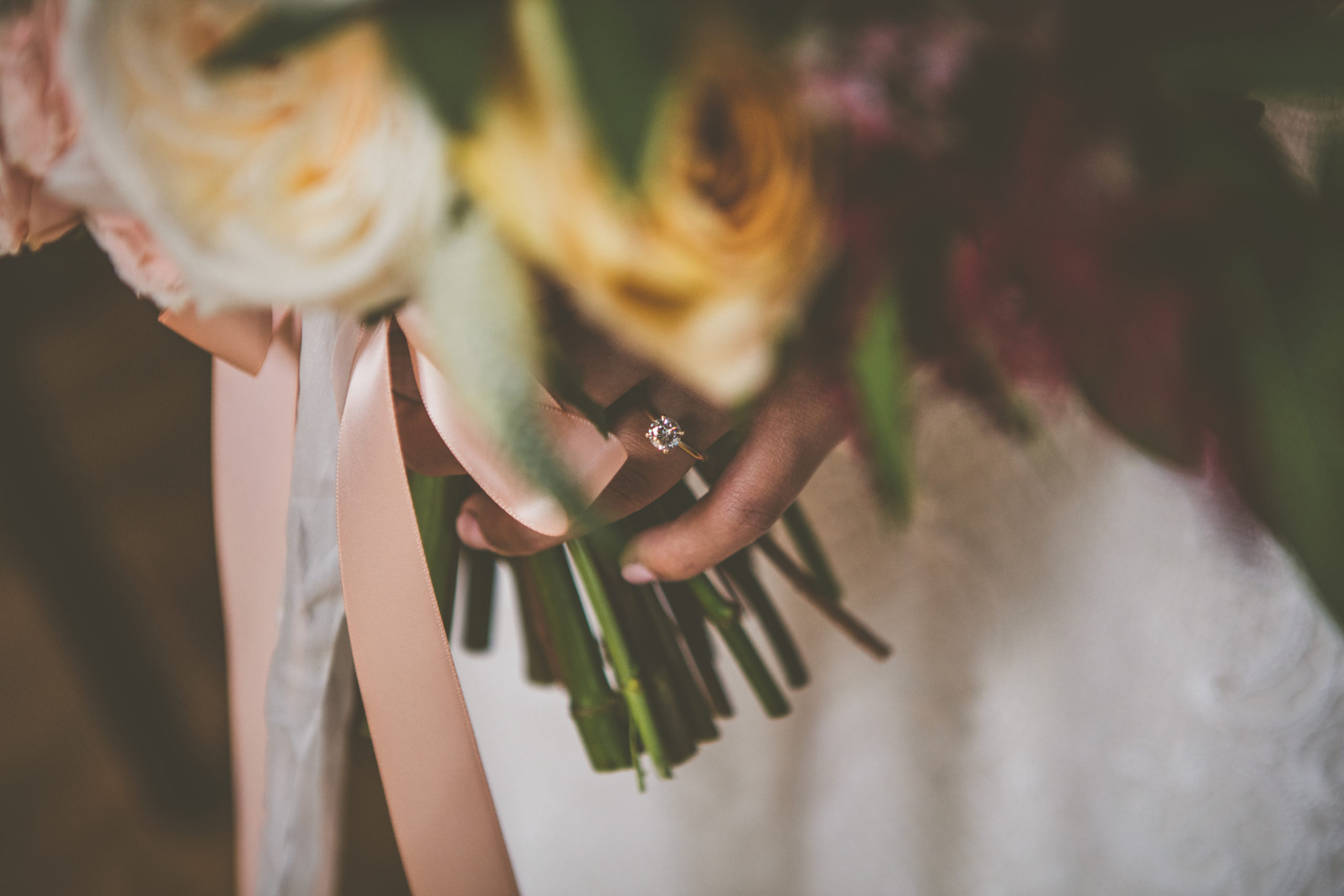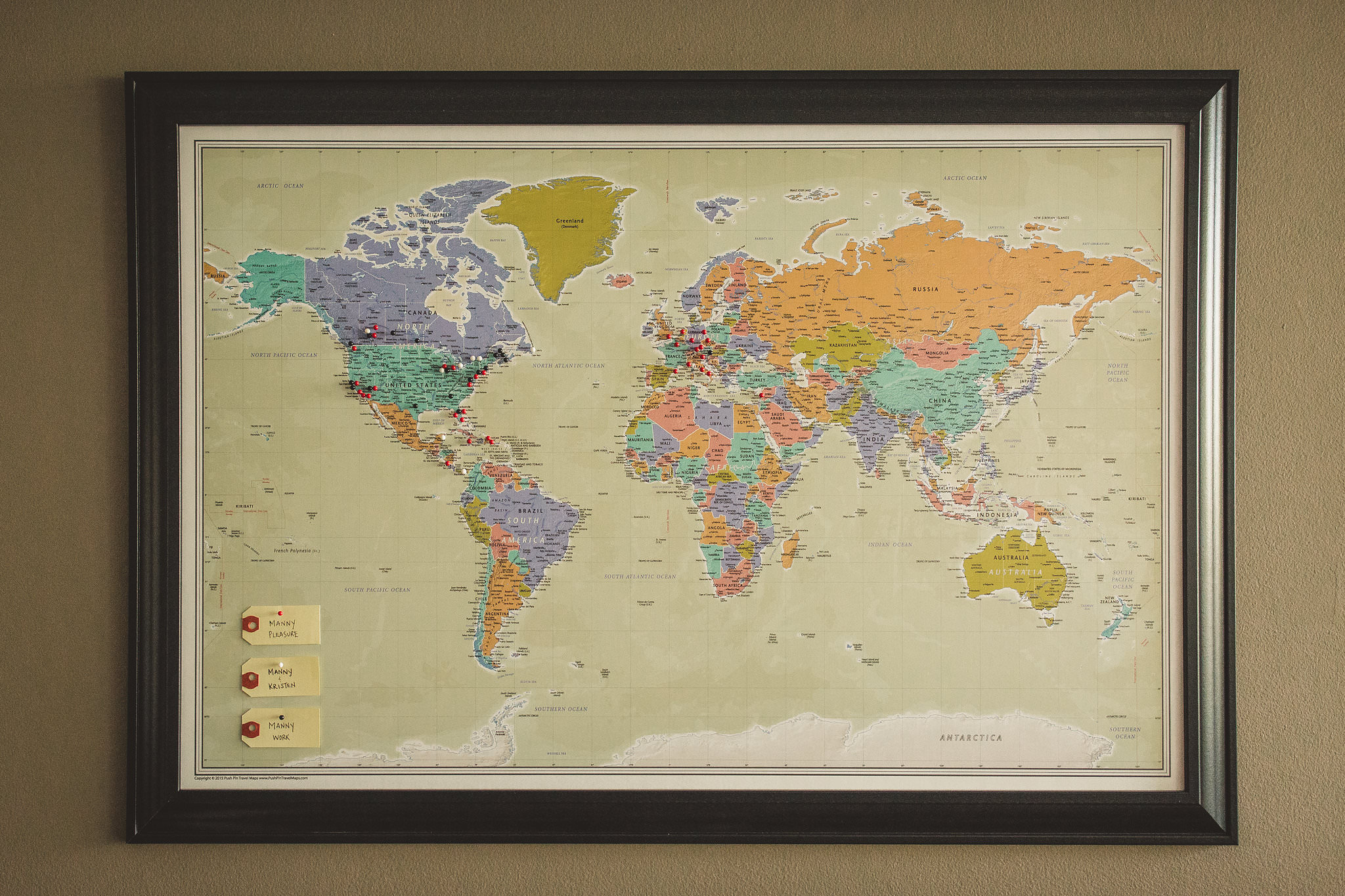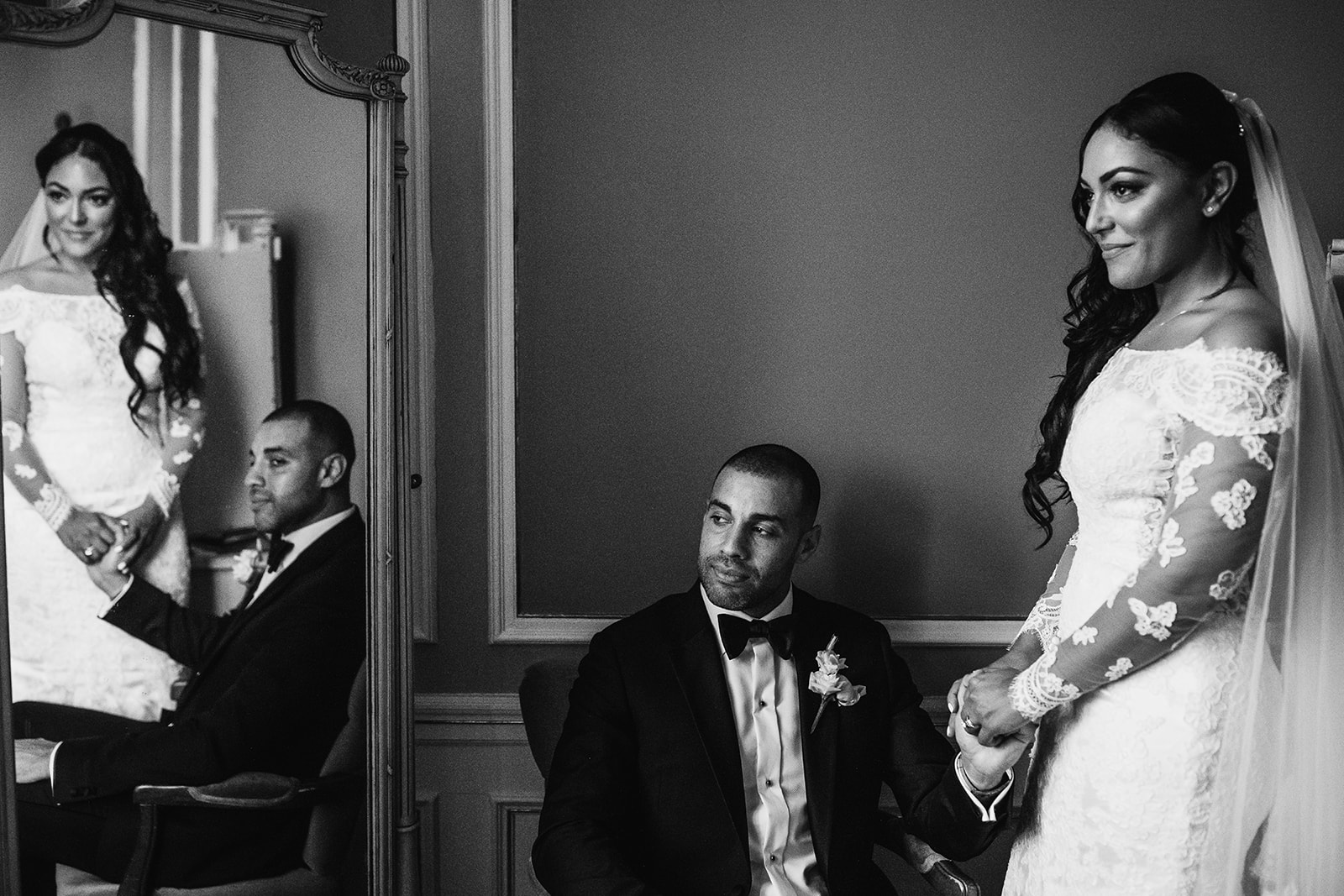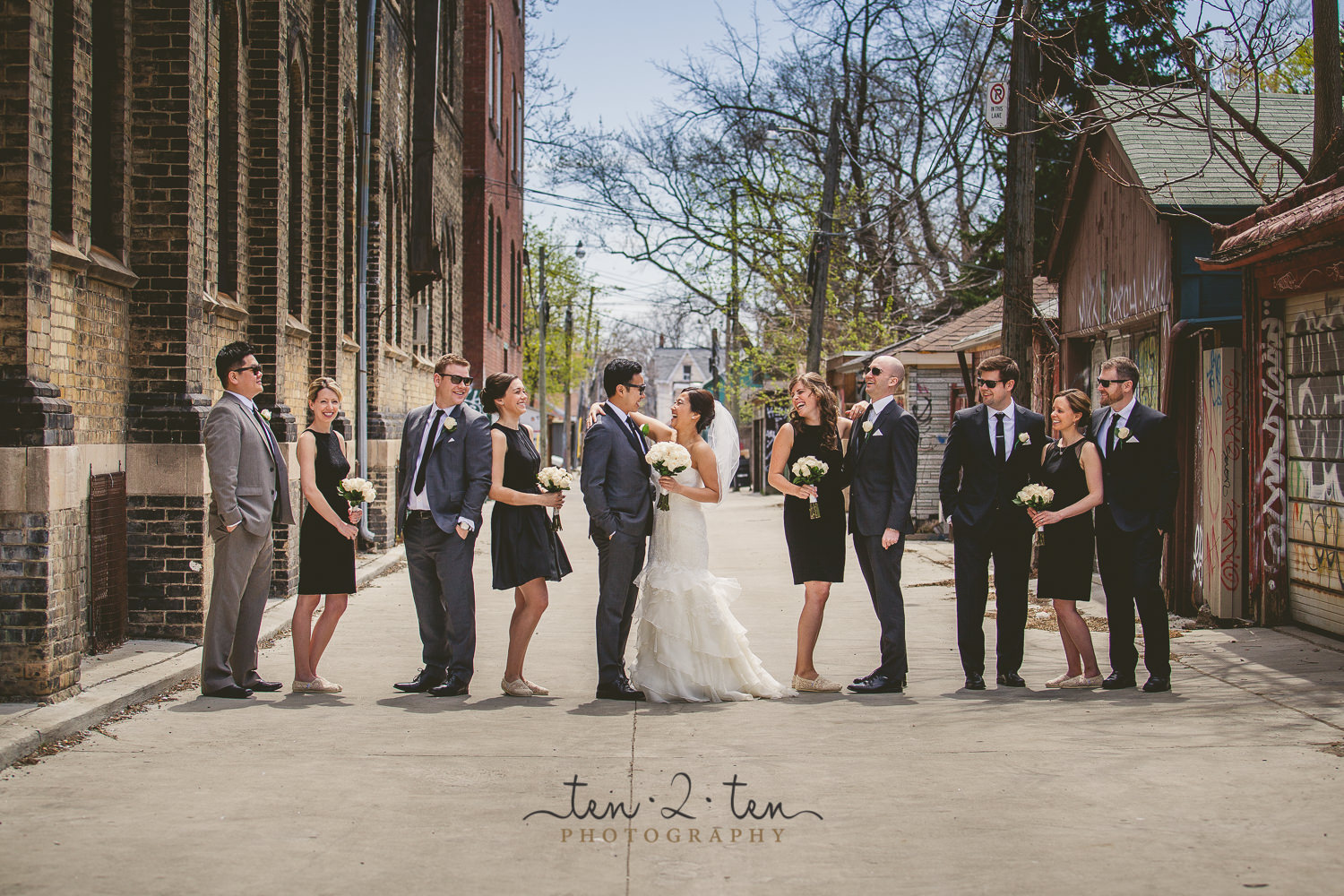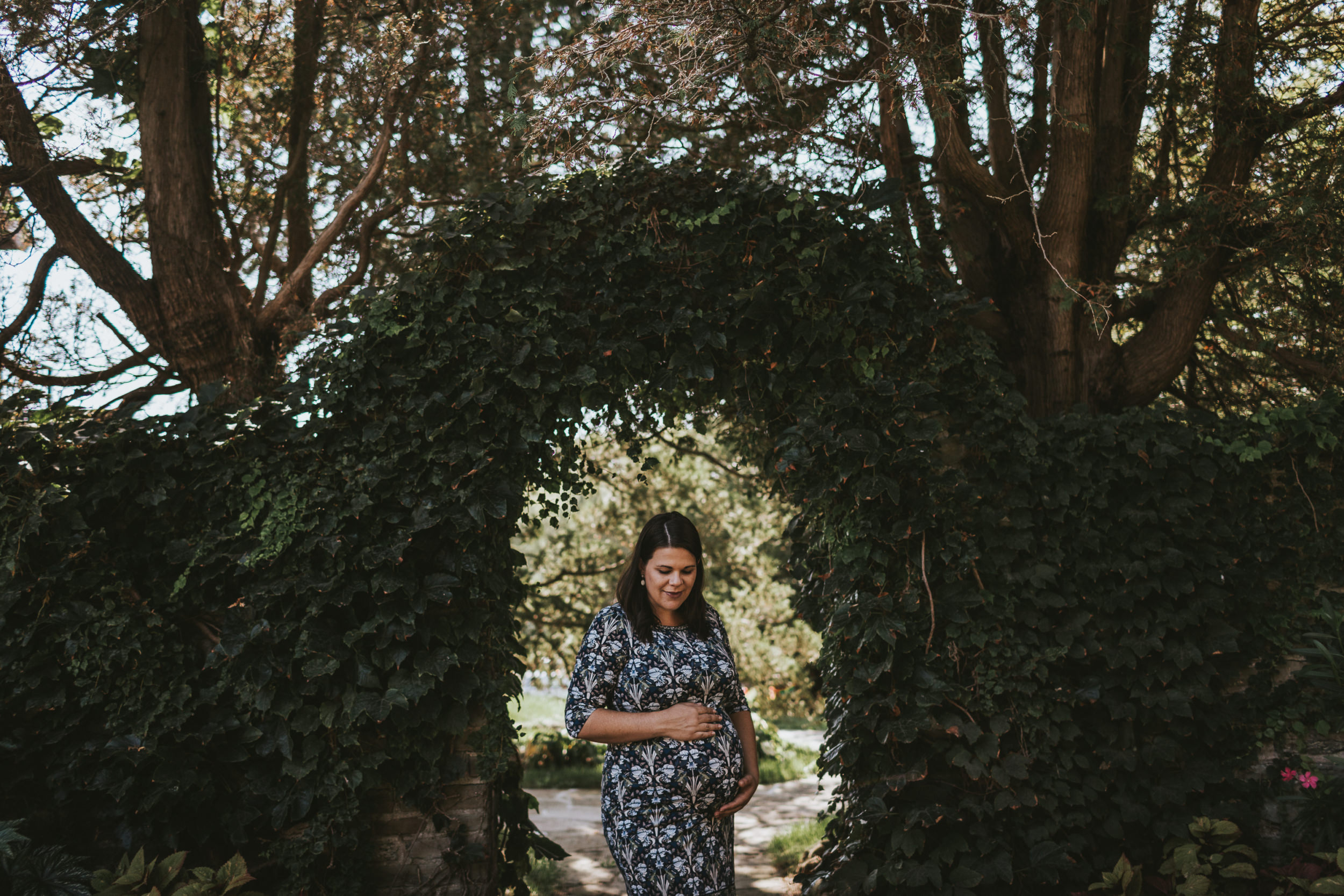Photography Branding: A Brief Introduction
Some photographers just have “okay” looking photos; the colour is okay and the contrast is fine, but it lacks a certain “wow” factor. Establishing an editing style is part of branding yourself and your company. Branding is an incredibly vast topic and there are entire blog sites devoted to the topic which is why I’m gearing this post as a very general introduction to editing styles and branding in hopes to inspire you to further research the topic on your own.
Although your personal editing style is a hugely important component of your branding, it doesn’t stop there! Branding includes: websites, logos, slogans, mission statements, packaging, etc. Although these other aspects are important in the overall branding of your company, it’s important not to lose countless hours in brainstorming slogans or trying out thirty different website layouts unless you know who you are as a photographer and what your style is!
Here are a few tips for not only new photographers but for photographers who want to re-brand their business:
1. Spend the time getting to know yourself; the personal side of yourself and the business side of yourself.
When you don’t have a camera in your hands, what is it you like doing? Are you a modern person who finds inspiration in sleek lines and symmetry or do you prefer vintage-inspired decor and an organic lifestyle? Your editing style should reflect who you are if you want your products to be genuinely inspired! If you choose a “style” based on what you feel is popular and will sell well, your work will risk missing that “wow” factor because your heart and soul won’t actually be in your product. Photography is an incredibly competitive industry and if you lack a ‘wow factor’ you may not remain in business.
As for the business side of yourself, there’s no better way to learn about your own business values than by reflecting on your own previous experiences as a customer (both positive and negative). Spend some time thinking about situations in which you were offered amazing service and think about what made that service so great. Was it the speediness of it? The smile you were greeted with? The amazing quality and value of the product? Now think about times where you received sub-par service and what in particular made the service ‘bad’. Did you receive a low-quality product? Were people rude to you? Or did you simply receive a product that differed from your expectations?
After reflecting, grab a piece of paper and start writing some answers to the following questions:
- What are your core values? What matters to you not only as a photographer and artist, but as a business owner and service provider?
- What are your passions? What excites you and gets those creative juices flowing when you pick up a camera?
- What service(s) and/or product(s) can you offer your clients that no one else can?
- Identify your strengths as well as your weaknesses both as a photographer/artist and as a business person.
Putting answers down on paper will help you see common themes which will help establish your brand. Furthermore, acknowledging potential weaknesses helps you work with them and improve on them before they ever risk becoming an issue in either your performance or your service.
2. Think about what you’re good at doing!
I already had you list your passions in the section above… but I also had you list your strengths and weaknesses. The reason I had you list both is because in order to be a successful photographer, you also must be good at the service you’re offering! Drive, ambition and stick-to-it-iveness is part of being successful and there’s no doubt about that – but talent is also mandatory.
You may love babies from afar, but haven’t the slightest idea on how to hold them and sooth them. You sir or madame, should not be a baby photographer.
You may adore weddings and fall in love with the intricacies, details and decor – but you may panic under the pressure and high speed of the day and lose more shots than you get. You sir or madame, should not be a wedding photographer.
You might be gobsmacked by the breathtaking beauty and intensity of a model while posing for a high fashion shoot – but if you have no idea on how to use the lighting and edit the photos according to the high standards of fashion photography, then you sir or madame, should not be a fashion photographer.
The point I’m trying to get at is that even if you LOVE something, there’s no point in offering that service to paying customers unless you’re also good at it. It sounds harsh, I know, especially since we were all taught to ‘follow our dreams’ – but following your dreams will not pay your mortgage and put food on the table. If you cannot offer a service that people want to pay for, you cannot run a sustainable business.
3. Think of your target audience and reflect upon how your style fits in that audience
If your style is “grungy” with a “hard and edgy” twist, your target audience will not be newborn photography no matter how much you love babies! If your target audience is brides and grooms, a style that includes a timeless factor is crucial as very few couples opt for “overly trendy” wedding photos.
Now, I’m not saying that being overly trendy is a bad thing in the wedding industry; it just means that you need to choose your means of advertising carefully and understand that it may be more difficult for you to find clients than a more timeless photographer will.

4. Understand a certain styles may make you “dated” over time
White vignettes, selective colour, and nasty overly processed sepia tones… all of which are styles that have come and gone! If you define yourself based on something that is too trendy, you risk looking like an old and dated photographer when that trend dies.
I want to take some time to briefly discuss ‘vintage’ effects. Vintage edits are this decades “selective colour”. Although they look superb on some photos, the majority of vintage edits look out of place if there isn’t proper context in the photo (ie: a modern luxury car with bride and groom in sleek modern attire, edited with a ‘vintage’ look seems simply out of place).
Vintage is still a trend – there’s no guarantee that it’s here to stay! Like any style, the bohemian/hipster/vintage crazy may surely migrate into another realm and when that happens, you’ll need to totally definite yourself as a photographer or people will think you’re old, un-creative and un-talented!
So if you’re going to develop a vintage inspired style and brand your entire business with a vintage-inspired feel, please proceed with caution and continue exploring your photography skills and please remember that there may be a time in the future that you will need to consider rebranding in order to maintain a profitable business.
5. Stop tweeking your logo! Seriously… just stop!
Many new photographers are so anxious to get their websites and blogs up and running that they often forget to fine-tune their brand before going live. This results in “tweeking” of their logos, banners, watermarks, etc, every few months for an infinite amount of time.
If you look at the definition of branding, it’s about creating a lasting and memoriable identity for your product! If you’re always changing your color scheme, logo, etc, how the heck is someone supposed to remember who you are?
There’s a fine line between complete re-branding and constant “tweeking” of your branding.
6. Define your identity: pick a specialty!
I do a lot of online and in-person photography mentoring which includes a website assessment. I’d say that about 80% of the photographers offer a multitude of specialities and this can be incredibly problematic when branding yourself!
Establishing an identity is difficult when your services are so varied. For example, a photographer who focuses exclusively on boudoir photography would find their online identity to be clean, modern, chique, a little bit sexy and riské – perhaps the use of blacks, purples and gem tones or lace overlays. This is NOT the kind of branding you would use for photography photography… so why offer both?
If you want to offer multiple services and each of them is quite varied (such as family photography, boudoir photography and commercial photography) I would suggest operating off of 3 separate webpages so that each can have it’s own identity. Your clients would be directed to a general splash page upon entering your URL and can then choose the appropriate pathway.
7. Be proud of who you are!
This is possibly my favourite section of this post and it’s rarely spoken of by the top experts in the branding field (which I find odd). Self-esteem, whether in your real life or in your online persona, is incredibly important! When you brand your business, you’re unknowingly putting a huge portion of yourself out there for the world to see as great branding is a reflection of the artist within.
If you’re branded your business according to what’s hip and trendy and not what’s actually in your heart and compliments your talents, you’ll never be proud of what you are.
.
Although I’m far from a branding “expert”, I have spent several years helping new photographers create their brand and have first hand knowledge at how branding affects your business and am happy to share my insights with the many other photographers who are reading this. For those of you considering re-branding your business or if you’re just starting up and aren’t sure where to start, I would recommend not only following the steps above, but to also consult a branding specialist in your area. Invest in your branding and it will show!

